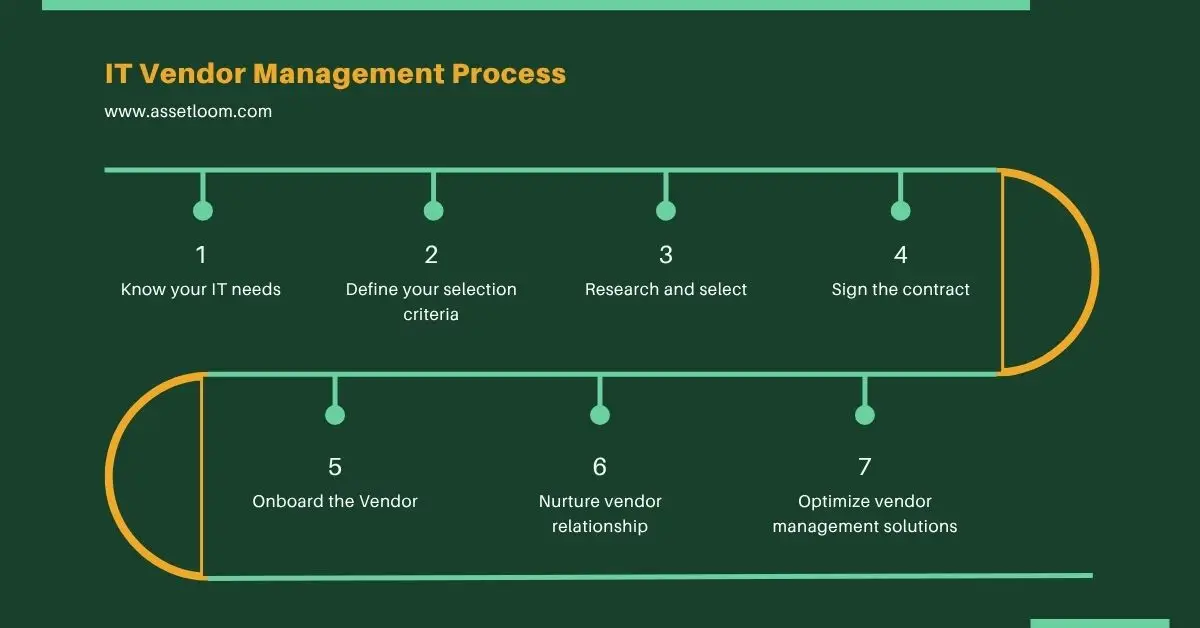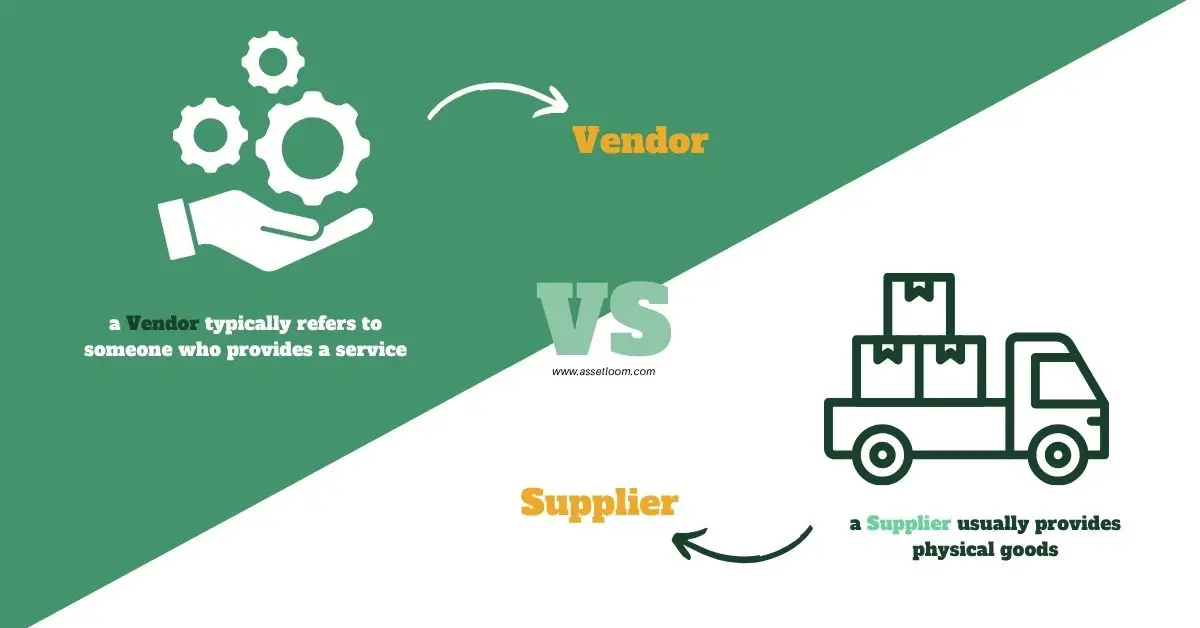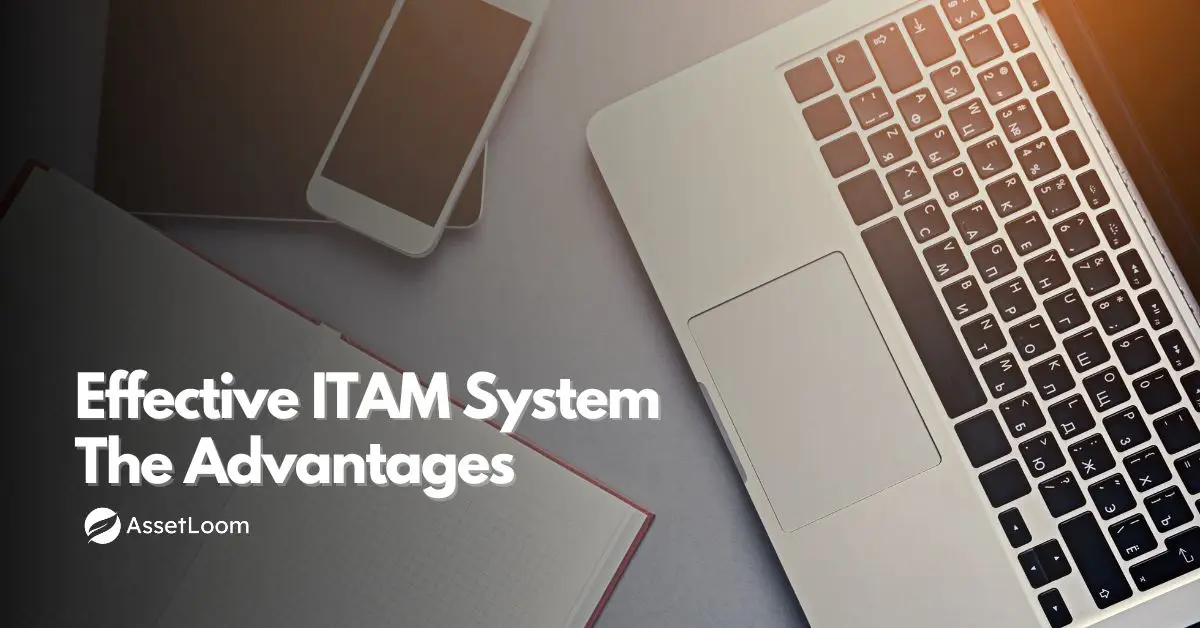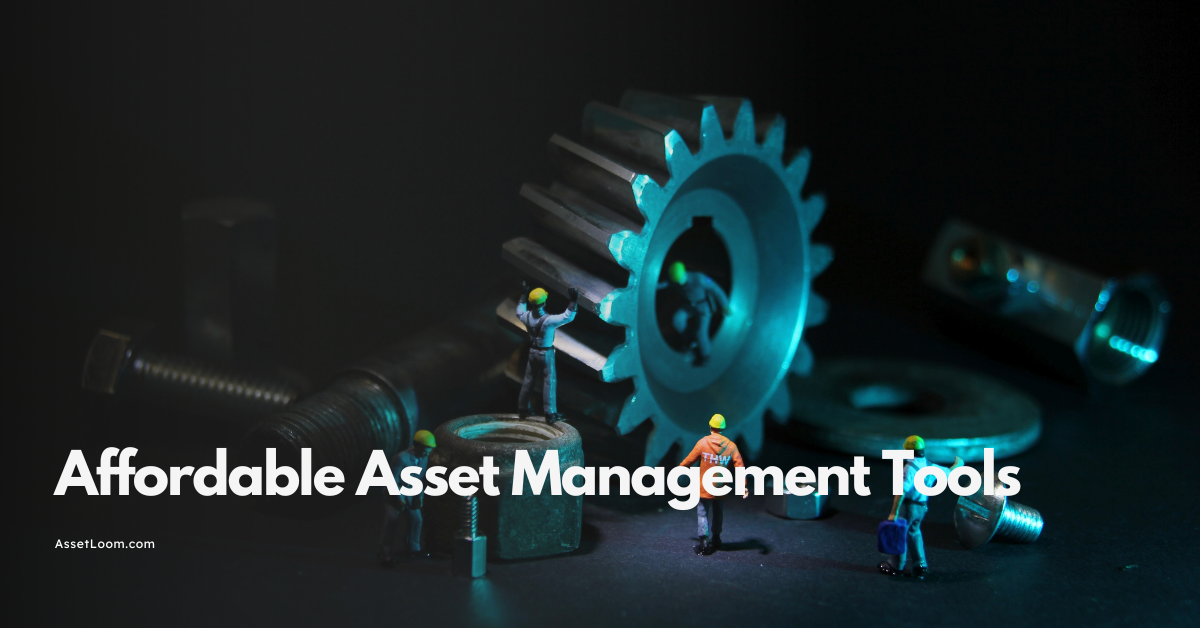Understanding IT Vendor Management
Learn the essentials of IT vendor management: what it is, why it matters, and how to build strong partnerships with your IT vendors.
In a world where technology powers almost everything we do, the success of a business often depends on the partners it chooses to work with. IT vendors are those partners - providing the tools, systems, and services that keep the wheels of innovation turning. But just like any partnership, managing these relationships carefully is essential. IT vendor management is the art of ensuring these collaborations bring the best value, run smoothly, and are built on trust. It’s about striking the right balance between cost, quality, and reliability. Because when done right, it can elevate your business to new heights. Done poorly? It can leave you exposed to unnecessary risks and frustrations.
What Is IT Vendor Management?
IT vendor management is the practice of overseeing and nurturing the relationships you have with the companies that supply your technology needs. These needs might be anything from cloud storage to software solutions to the hardware that runs your business.
Think of it like this: if your IT systems are the engine driving your business, vendors are the fuel that keeps it running. Vendor management is about ensuring the fuel is top quality, arrives on time, and is the right fit for your engine’s needs. It's about maintaining a continuous flow of resources, managing any incidents along the way, and ensuring that your IT engine runs smoothly.
Who Should Care About IT Vendor Management?
You might be wondering, "Is this something only big companies need to worry about?" The answer is no. Whether you’re a small startup or a large enterprise, IT vendor management matters to everyone. If you rely on third-party services or products to power your tech infrastructure, then effective vendor management will ensure your business doesn’t just survive but thrives.
To be specific:
- Business Owners and Executives: Leaders seeking to optimize IT spending, improve operational efficiency, and ensure strategic alignment with vendors.
- IT Managers and Directors: Professionals responsible for overseeing IT projects, ensuring vendor performance, and maintaining technology infrastructure.
- Procurement Teams: Staff tasked with sourcing, negotiating, and managing vendor contracts to achieve cost savings and compliance.
- Project Managers: Individuals coordinating with vendors to deliver IT projects on time, within budget, and to the required quality standards.
- Compliance and Risk Managers: Teams focused on ensuring vendors meet regulatory requirements and minimizing risks like data breaches or service disruptions.
Learn more: IT Security Risk IT Asset Management
- Small and Medium Enterprises (SMEs): Businesses outsourcing IT needs to access specialized expertise without building in-house teams.
- Large Enterprises: Organizations managing complex vendor ecosystems with multiple suppliers, requiring structured oversight to avoid inefficiencies.
From IT managers to procurement officers to business owners, anyone involved in overseeing operations, finance, or technology should care about how vendors are managed. After all, your company’s day-to-day operations are only as strong as the services and products you rely on to support them.
Why Is IT Vendor Management Important?
The importance of IT vendor management cannot be overstated. Here’s why:
- Cost Efficiency: Vendors, like any business partner, need to offer value. By actively managing these relationships, you can negotiate better contracts, find cost savings, and ensure that your business isn’t overpaying for services.
- Quality Control: Managing your vendor relationships means setting clear expectations and monitoring their performance. When done well, it ensures that the products and services you receive meet your standards and that your business runs smoothly without disruptions.
- Risk Mitigation: Relying on vendors can come with inherent risks, be it security vulnerabilities, service downtimes, or legal issues. By effectively managing vendor relationships, you reduce the likelihood of these risks affecting your operations.
- Business Continuity: In the digital age, a single system failure can have a ripple effect across your entire business. IT vendor management ensures that service level agreements (SLAs) are followed, systems are maintained, and issues are resolved quickly, allowing your business to keep running without delays.
- Long-Term Success: Good vendor relationships don’t just solve problems in the short term, they foster long-term partnerships that lead to growth. Vendors who feel like valued partners are more likely to go the extra mile for you, whether that means offering new technologies, better deals, or personalized services.
Key Points to Keep in Mind When Managing IT Vendors

1. Understand Your Needs
Before reaching out to vendors, take the time to deeply understand what your business needs from technology. This could range from hardware upgrades to new software applications or cloud storage solutions. When you know exactly what you need, it’s easier to find the right vendor for the job, ensuring a perfect fit for your business requirements.
2. Do Your Research
In the world of IT, there’s no shortage of vendors to choose from. The key to finding the right partner lies in thorough research. Don’t just settle for the first vendor you find. Compare offerings, check reviews, and look at their track record. Speak to other businesses who’ve worked with them to gauge their reliability. You’re looking for a vendor who not only offers the right product but also aligns with your company’s values and operational style.
3. Set Clear Expectations and KPIs
Once you’ve selected a vendor, it’s important to set clear expectations. What are the deadlines? What performance metrics will be tracked? Establishing key performance indicators (KPIs) and service level agreements (SLAs) at the outset ensures that everyone is on the same page. These agreements should include details on uptime, response times, penalties for non-performance, and more.
4. Monitor Vendor Performance Regularly
Even after a vendor is onboarded, the relationship doesn’t end there. Continuous monitoring of their performance is crucial. Regularly assess how well they’re meeting the agreed-upon SLAs. Are they delivering on time? Are they providing quality service? Monitoring ensures that any issues are caught early before they become bigger problems.
5. Build Strong Relationships
While vendor management is about performance, it’s also about relationships. A strong, communicative relationship with your vendors can result in smoother negotiations, quicker problem resolution, and even better deals over time. Think of them as partners in your business’s success, not just suppliers.

6. Have a Backup Plan
No vendor is perfect. Sometimes, problems arise, whether it’s service delays, unexpected costs, or technical issues. Always have a backup plan in place. This could mean identifying alternative vendors, ensuring your systems are flexible enough to handle vendor disruptions, or having emergency support contacts lined up. Planning for the worst ensures that your business won’t suffer when things go wrong.
7. Negotiate Contracts Carefully
Take the time to negotiate terms that are fair for both sides. Contracts should be clear on deliverables, timelines, prices, and service standards. Make sure there’s flexibility to adapt as your business needs evolve, and don’t shy away from asking for the best possible deal.
Frequently Asked Questions (FAQs)
Q1: What is the difference between a vendor and a supplier?
While the terms are often used interchangeably, a vendor typically refers to someone who provides a service, while a supplier usually provides physical goods. In IT, vendors often provide software, support, or infrastructure services, while suppliers provide hardware or other physical products.
Q2: How do I find the right IT vendor?
Start by defining your needs and then researching vendors who specialize in those areas. Check reviews, seek recommendations, and evaluate their track record. Remember, finding the right vendor is not about getting the cheapest deal, it’s about finding one who aligns with your goals and can help your business succeed.
Q3: What if a vendor isn’t meeting their commitments?
The first step is to communicate openly with the vendor to understand the issue. Review your contract and SLAs to see if there’s a breach of terms. If the problem persists, you might need to renegotiate the terms or even look for an alternative vendor. Remember, vendor relationships should be built on trust and accountability.
Q4: Is IT vendor management only for large companies?
No, IT vendor management is important for businesses of all sizes. From small businesses to large enterprises, managing your IT vendors effectively can help you save money, reduce risk, and ensure your tech ecosystem supports growth.
Q5: What happens if we don’t manage our vendors properly?
Poor vendor management can lead to a range of problems: rising costs, subpar service, missed deadlines, and security risks. In the worst-case scenario, it could even disrupt your business operations. Keeping a close eye on your vendors helps avoid these pitfalls and keeps things running smoothly.
Q6: How does IT vendor management relate to IT Asset Management (ITAM)?
IT vendor management and IT Asset Management (ITAM) are closely linked. While vendor management focuses on maintaining relationships with your IT suppliers, ITAM ensures that your company’s technology assets are properly tracked, maintained, and utilized. Together, they help create a seamless, cost-effective, and risk-free IT environment.
Learn more: Top 5 IT Asset Management Cloud Software for 2025
Conclusion
IT vendor management isn’t just about keeping your systems running, it’s about building strong partnerships that help your business grow. By taking the time to choose the right vendors, set clear expectations, and monitor performance, you’re investing in the long-term health of your business. Remember, the best partnerships are built on trust, communication, and a shared vision for success.

Subscribe for Expert Tips and Updates
Receive the latest news from AssetLoom, right in your inbox.


